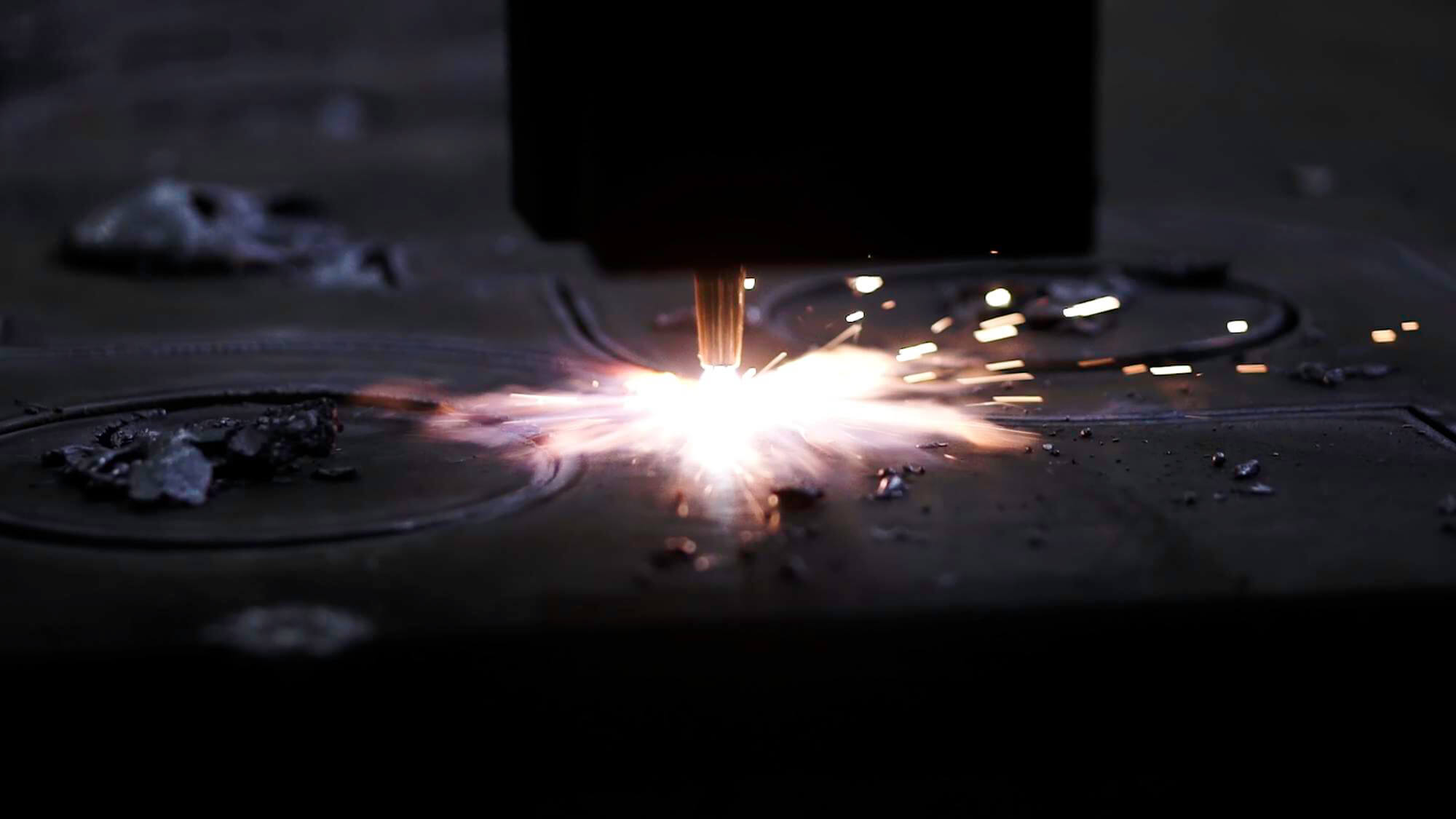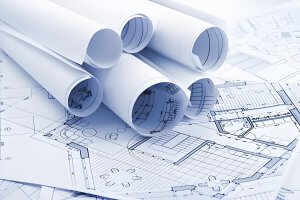Introduction
Plasma cutting has long been a go-to method for efficiently cutting stainless steel and other conductive metals. When combined with CNC machining, this process becomes even more powerful and precise. For procurement officers seeking reliable suppliers for high-quality stainless steel parts and technical professionals looking to streamline their manufacturing processes, understanding the benefits and nuances of plasma cutting is essential.
This article delves into the intricate details of plasma cutting stainless steel and how CNC machining elevates this process. We will explore the best practices, benefits, potential challenges, and how to select the right plasma cutting equipment and CNC supplier. Additionally, we will provide real-world data and insights, helping buyers and manufacturers alike make informed decisions in sourcing and producing stainless steel components.
The Basics of Plasma Cutting Stainless Steel
Plasma cutting involves using a high-temperature ionized gas, known as plasma, to slice through conductive materials. This process is particularly effective for metals such as stainless steel, aluminum, and copper. Plasma cutting works by generating an electrical arc that ionizes gas (such as air or nitrogen), transforming it into plasma. This plasma is directed through a nozzle towards the workpiece, melting and cutting the material along the specified path.
In CNC plasma cutting, this process is automated, with a computer numerical control (CNC) system guiding the plasma torch along the precise cutting path. The accuracy and speed offered by CNC plasma cutting make it ideal for complex, high-volume manufacturing tasks.
Why Plasma Cutting is Ideal for Stainless Steel
Stainless steel’s unique properties, such as its corrosion resistance, durability, and aesthetic appeal, make it a popular choice across industries like automotive, aerospace, construction, and medical devices. However, cutting stainless steel presents challenges, especially when high precision and clean cuts are required.
Here’s why plasma cutting is particularly well-suited for stainless steel:
- High Precision: Plasma cutting creates clean, precise cuts with minimal distortion.
- Versatility: It can handle a wide range of stainless steel thicknesses, from thin sheets to several inches thick.
- Speed: Plasma cutting is significantly faster than traditional mechanical cutting methods.
- Cost Efficiency: Compared to laser cutting, plasma cutting is more affordable in terms of both equipment and operating costs.
The combination of these factors makes plasma cutting an attractive option for manufacturers looking to create high-quality, detailed stainless steel components.
The Perfect Fit: Plasma Cutting and CNC Machining
How CNC Enhances Plasma Cutting
When plasma cutting is combined with CNC machining, the precision and repeatability of the process are significantly enhanced. CNC plasma cutters are programmed to follow exact dimensions, enabling complex shapes and intricate cuts that would be difficult or impossible to achieve manually.
Some key advantages of combining CNC machining with plasma cutting include:
- Improved Accuracy: CNC controls allow for tight tolerances and precise measurements, ensuring consistent results across multiple parts.
- Increased Efficiency: Automated systems reduce human error and increase production speed, making CNC plasma cutting ideal for high-volume manufacturing.
- Enhanced Flexibility: CNC systems can quickly switch between designs, making them adaptable to various project requirements without the need for extensive retooling.
Applications of CNC Plasma Cutting for Stainless Steel
Plasma cutting stainless steel with CNC technology is used in various industries due to its versatility and efficiency. Common applications include:
- Automotive parts: Precision-cut stainless steel components for engines, exhaust systems, and frames.
- Aerospace: Stainless steel parts used in high-stress environments such as aircraft engines and structural components.
- Construction: Custom-cut stainless steel panels, fixtures, and architectural elements.
- Medical devices: Plasma cutting is used to produce high-precision surgical instruments and medical equipment components.
Choosing the Right CNC Plasma Cutting System for Stainless Steel
Selecting the right equipment is crucial for achieving optimal results in stainless steel plasma cutting. When evaluating CNC plasma cutting machines, consider the following factors:
1. Power Output
Stainless steel is a tough material, and the plasma cutter must have sufficient power to cut through it efficiently. A machine with at least 40 amps of output is recommended for thin to medium-thickness stainless steel, while thicker materials may require higher amperage.
2. Cutting Speed
High cutting speed is essential for avoiding heat distortion, particularly with thinner stainless steel sheets. Look for a system that maintains fast cutting speeds without sacrificing precision.
3. CNC Controls and Software
Advanced CNC systems offer features like automatic torch height control and real-time monitoring, ensuring consistent performance across cuts. The software should allow for easy design modifications and efficient workflow integration.
4. Gas Requirements
Nitrogen is the preferred gas for cutting stainless steel, as it doesn’t react with the material, preventing oxidation and ensuring a cleaner cut. Ensure the CNC plasma cutter is compatible with nitrogen gas.
Table 1: Comparison of CNC Plasma Cutters for Stainless Steel
| Model | Power Output (Amps) | Cutting Speed (inches/min) | Material Thickness Range | Gas Compatibility | Price Range |
|---|---|---|---|---|---|
| PlasmaCNC Pro 5000 | 40-100 | 150-500 | 0.5mm-50mm | Nitrogen, Air | $12,000 – $20,000 |
| SpeedCut CNC 3000 | 40-80 | 200-600 | 1mm-35mm | Nitrogen | $10,000 – $18,000 |
| UltraCut Precision 7000 | 60-120 | 250-700 | 2mm-70mm | Nitrogen, Oxygen | $15,000 – $25,000 |
Maximizing Efficiency in CNC Plasma Cutting for Stainless Steel
To get the most out of your CNC plasma cutting process, follow these best practices:
- Optimize Cutting Parameters: Set appropriate cutting speeds, torch height, and gas flow to minimize heat distortion and maximize cut quality.
- Use High-Quality Consumables: The lifespan of your consumables (electrodes, nozzles, and shields) impacts the overall efficiency and cost of the process. Regularly check and replace worn parts.
- Maintain Your CNC Machine: Proper machine maintenance, including regular calibration and cleaning, will ensure that the system operates efficiently and produces high-quality cuts consistently.
Table 2: Recommended Cutting Parameters for Stainless Steel
| Stainless Steel Thickness (mm) | Cutting Speed (mm/min) | Torch Height (mm) | Gas Flow Rate (L/min) | Power Output (Amps) |
|---|---|---|---|---|
| 1-3mm | 500-800 | 1.5 | 45 | 40-60 |
| 4-6mm | 400-600 | 2.0 | 50 | 60-80 |
| 7-10mm | 300-500 | 2.5 | 55 | 80-100 |
FAQs: Plasma Cutting Stainless Steel with CNC Machining
- What thickness of stainless steel can be cut with plasma cutting?
Plasma cutting can handle stainless steel from thin sheets (less than 1mm) to thick plates (up to 50mm), depending on the machine’s power. - Is plasma cutting cost-effective for stainless steel?
Yes, plasma cutting is more affordable than laser cutting and delivers high-quality results, making it ideal for many industrial applications. - What are the benefits of CNC plasma cutting for stainless steel?
CNC plasma cutting provides precision, speed, and the ability to cut complex shapes, all of which are essential for high-quality stainless steel fabrication. - Which industries benefit from plasma cutting stainless steel?
Automotive, aerospace, construction, and medical device industries commonly use plasma-cut stainless steel components. - How does CNC plasma cutting compare to laser cutting for stainless steel?
While laser cutting offers higher precision, plasma cutting is faster and more cost-effective, especially for thicker materials. - How can I reduce dross when plasma cutting stainless steel?
Adjusting the cutting speed and gas flow rate can help minimize dross and improve the cut’s cleanliness. - How often should consumables be replaced in a plasma cutter?
Consumables should be checked regularly and replaced as soon as signs of wear appear to ensure optimal performance.
Other Articles You Might Enjoy
- What Material Properties Need to Be Considered When CNC Machining Stainless Steel Flanges?
The CNC machining of stainless steel flanges requires a profound understanding of the material's properties to ensure high-quality, precision outcomes. This article delves into the critical material properties that impact…
- Key Techniques for Stainless Steel Cutting: How CNC Machining Enhances Electrical Enclosure Design
Stainless steel, known for its corrosion resistance and high strength, is a popular material choice in the manufacturing of electrical enclosures. However, cutting and machining stainless steel present unique challenges…
- Fast CNC Machining Services for Stainless Steel Prototyping
CNC Machining and Stainless Steel in Prototyping Computer Numerical Control (CNC) machining is a critical process in the manufacturing sector, particularly for prototyping projects. It's an automated method that uses…
- How to Choose a Global CNC Machining Service Provider for Stainless Steel Flanges?
Choosing the right CNC machining service provider for stainless steel flanges is crucial to ensure high-quality products, timely delivery, and cost-effectiveness. This guide will help you understand the key factors…
- How Does CNC Machining Achieve Precision Tolerances in Stainless Steel Parts?
The Importance of Precision Tolerances in Stainless Steel Parts Precision tolerances are the allowable limits of variation in a physical dimension. In CNC machining, particularly for stainless steel parts, achieving…
- Precision CNC Machining of Stainless Steel: Innovations and Best Practices in Aerospace Machining
Introduction: Precision CNC Machining and the Use of Stainless Steel Precision Computer Numerical Control (CNC) machining, a vital technology within the manufacturing industry, uses pre-programmed software to guide machinery towards…






